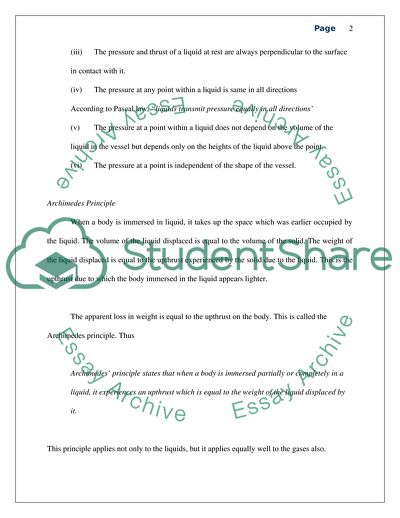Cite this document
(How Fluid Mechanics Function Essay Example | Topics and Well Written Essays - 2500 words, n.d.)
How Fluid Mechanics Function Essay Example | Topics and Well Written Essays - 2500 words. https://studentshare.org/physics/1713070-basic-principals-of-fluid-mechanics
How Fluid Mechanics Function Essay Example | Topics and Well Written Essays - 2500 words. https://studentshare.org/physics/1713070-basic-principals-of-fluid-mechanics
(How Fluid Mechanics Function Essay Example | Topics and Well Written Essays - 2500 Words)
How Fluid Mechanics Function Essay Example | Topics and Well Written Essays - 2500 Words. https://studentshare.org/physics/1713070-basic-principals-of-fluid-mechanics.
How Fluid Mechanics Function Essay Example | Topics and Well Written Essays - 2500 Words. https://studentshare.org/physics/1713070-basic-principals-of-fluid-mechanics.
“How Fluid Mechanics Function Essay Example | Topics and Well Written Essays - 2500 Words”. https://studentshare.org/physics/1713070-basic-principals-of-fluid-mechanics.


